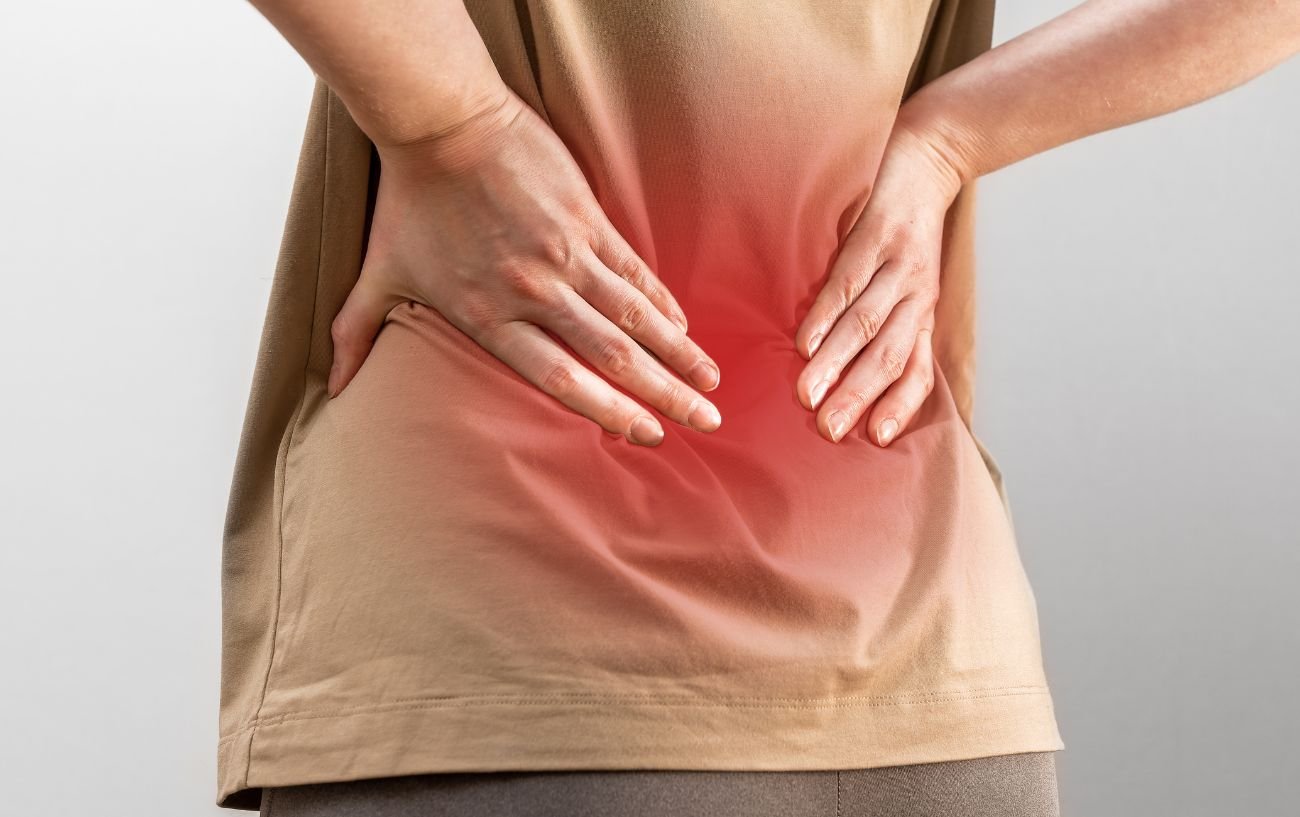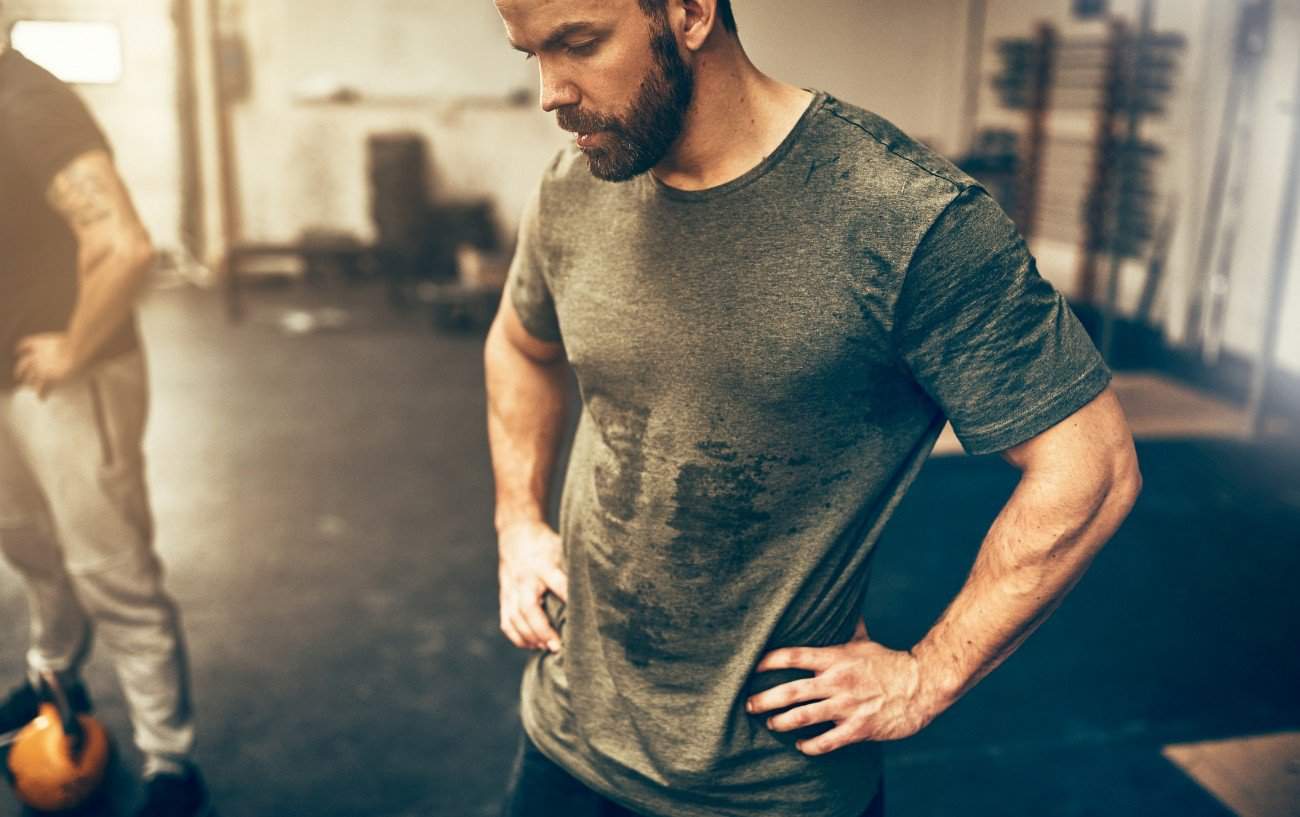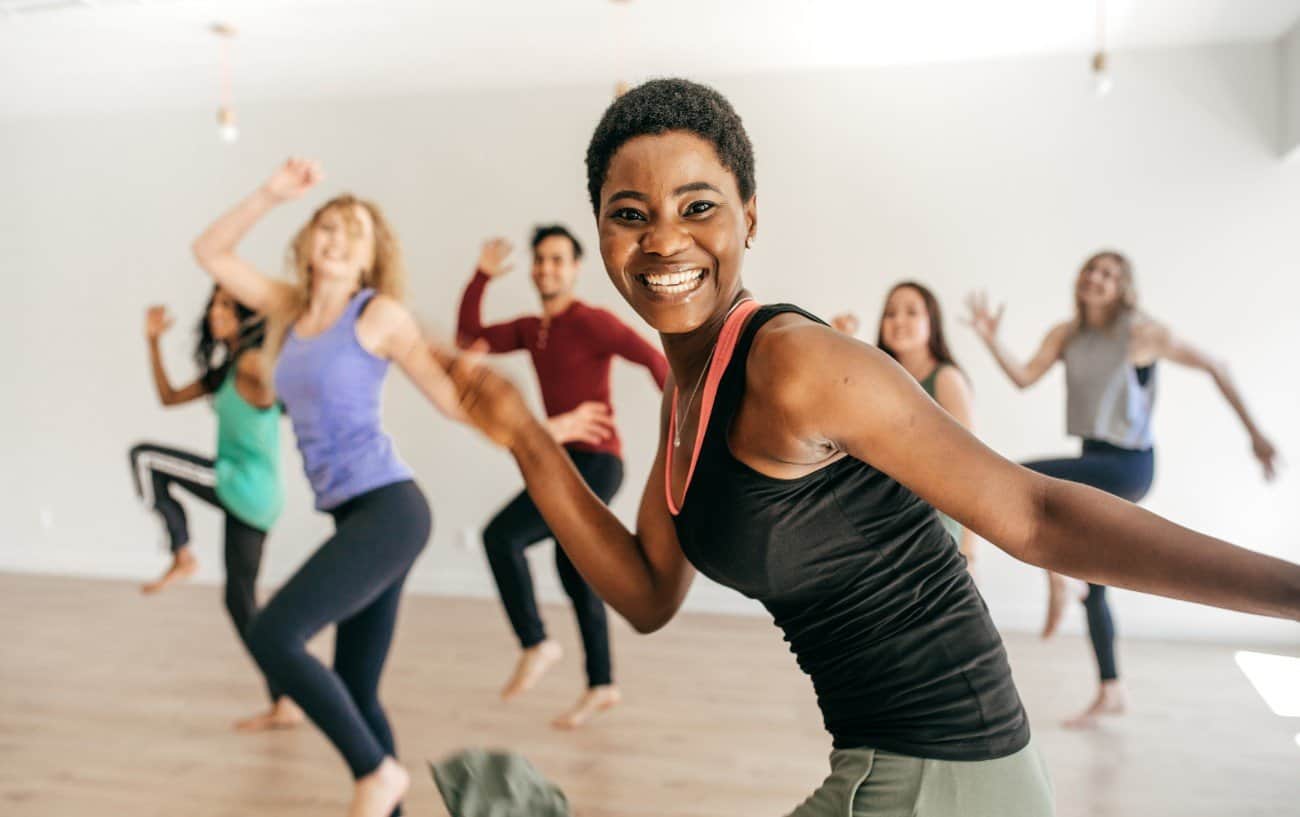Have you ever finished an intense weightlifting workout and, after toweling off, ask yourself: “Why are my legs twitching after workouts?”
Or, perhaps you notice that your legs are twitching after walking or other cardio workouts like using an elliptical machine, running up and down stadium stairs, running hill sprints, or after doing an indoor cycling HIIT workout.
But, what causes muscle twitching after working out? What can you do to prevent your muscles from twitching after workout sessions?
In this article, we will discuss common causes for muscles twitching after workouts and what you can do to prevent your legs from twitching after working out so that you feel strong, sturdy, and confident in your body.
We will cover:
- Muscles Twitching After Workouts? Here’s Why
- What Do Twitching Muscles After Exercise Feel Like?
- Causes of Muscles Twitching After a Workout
Let’s dive in!

Muscles Twitching After Workouts? Here’s Why
Before we look at the common causes of muscle twitching after exercise, it’s important to understand what muscle twitches are from a medical/physiological standpoint.
Muscle twitches are the common term for fasciculations.
Fasciculations can occur in any muscle in the body, from the large muscle in the legs like the glutes and calves to tiny muscles in the eyelids.
These fasciculations can occur randomly throughout the day, after working out, or with other precipitating events.
Muscle twitches are a type of involuntary muscle contraction, meaning your muscles are contracting and relaxing without you deliberately or intentionally trying to do so.
Another example of an involuntary skeletal muscle contraction is the automatic muscle contractions that occur when you stand on a vibration platform.

As the vibration plate oscillates, your muscles have to make tiny involuntary contractions.
A more similar example of an involuntary muscle contraction that falls under the same category as muscle twitches (but further down the continuum in terms of discomfort, strength, and severity) is a muscle spasm.
Rather than being brief contractions or twinges in the muscles like a fasciculation (muscle twitch), a muscle spasm often involves some more prolonged autonomic contractions.
Further down this same continuum is the muscle cramp, which is generally experienced as a sustained and painful muscle contraction that won’t relax or let up.
Therefore, you can think of muscle twitches as a fast, fluttering, vibrating, or rapid pattern of involuntary contraction and relaxation of a muscle, while a muscle spasm will involve longer bouts of involuntary contraction, and finally, the muscle cramp is characterized by a sustained muscle contraction (for the most part) without the release.

What Do Twitching Muscles After Exercise Feel Like?
If you have felt your muscles twitching after workouts before, you are likely familiar with some of the symptoms of post-workout muscle twitches.
However, even if it’s a phenomenon that is not unfamiliar to you, muscle twitching after workouts can vary from individual to individual and even from workout to workout for a given individual.
Therefore, understanding the potential range in presentation and symptoms of muscles twitching after workouts can help provide a baseline understanding of what is “normal“ muscle twitching after exercise or cases where you are dealing with a potentially more concerning problem.
People generally describe the experience of muscles twitching after workouts as a feeling of vibrations or small flutters in one or more muscle groups.
In some cases, some or all of the muscle groups that you trained may experience twitching, and portions or segments of a muscle may be twitching rather than the entire thing, or you may experience what feels like the entire muscle fluttering or twitching as a unit.
You may even be able to visually see the muscle twitching through your skin, and it may look like small, repetitive fluttering or shaking of some or all of the muscle fibers in the muscles used during your workout.

Whether you can visually detect muscles twitching after workouts, feel the sensation in your body, or palpate if you place your hand on the skin overlying the muscle will depend on your body composition in terms of how much subcutaneous fat you have overlying your muscles as well as the particular muscles or muscle groups that are shaking or twitching.
Another factor that can influence whether you can see your muscles trembling after workouts, in addition to feeling them doing so, is how strong or severe the muscle fasciculations are.
Furthermore, there isn’t one specific pattern of how fasciculations or muscle twitches appear from a temporal or rhythmic standpoint.
You may find that your muscles twitch or shake rhythmically after exercise, sort of like a constant, pulsatile twitch and relaxation or a fast, fluttering vibration.
Other times, muscle twitches after exercise can be more sporadic such that the muscle seems normal and relaxed, and then you might experience a random, unpredictable flutter or mini contraction.
Muscles twitching after workouts can also vacillate between either end of this spectrum, such that there is some amount of predictable rhythmicity with occasional pauses or stronger twitch contractions peppered in.

Causes of Muscles Twitching After a Workout
The good news is that muscle twitches and legs twitching after walking or exercise are generally innocuous.
However, because the sensation of your muscles twitching or shaking after working out can be alarming when you haven’t experienced it before, it’s helpful to understand the common causes of muscles twitching after workouts.
Here are some of the reasons your muscles twitch after workouts or you find your legs twitching after walking and cardio:
#1: Neuromuscular Fatigue
The most common cause of your legs twitching after workouts or muscles shaking, trembling, or twitching after exercise is due to fatigue of the nervous system and/or muscle fatigue.
When you take on strength training workouts or intense cardio sessions, or even longer low-intensity workouts like a long walk or hike, different parts of your body recover at different rates.
For example, your central nervous system can recuperate within minutes to hours after your workout, whereas the musculoskeletal system needs much more time, especially for high-volume resistance training.
If you do an exhausting workout, your motor units can still be fatigued, which can lead to some residual misfiring and rebound firing, where some of the motor units are still firing intermittently.

#2: Dehydration and Electrolyte Depletion
Aside from neuromuscular fatigue after a vigorous workout, the other most common cause of twitching muscles after a workout is dehydration or low electrolyte levels.
If you sweat a lot and deplete some or all of your key electrolytes, or end up experiencing electrolyte imbalances by depleting levels of certain electrolytes more than others, the firing patterns of your muscles and the signals to relax can become abnormal until you have adequately rehydrated and restored the proper electrolyte balance.
#3: Low Blood Sugar
In addition to the depletion of fluids and electrolytes after a hard or long workout, your blood sugar levels can also drop, which is a condition known as hypoglycemia.
Hypoglycemia can occur after exercise if you work out before eating or have not fueled properly before a vigorous or endurance-based workout.
Especially during high-intensity exercise, your muscles rely on glucose (blood sugar) and glycogen (stored carbohydrates) to produce ATP (energy) needed to contract and generate force.
Additionally, glucose (for ATP production) is needed for the muscles to relax.
Therefore, if there is limited glycogen and blood glucose available, your muscles can twitch, shake, or tremble during or after vigorous exercise because there isn’t ready access to enough blood sugar to generate ATP and refuel muscles after a hard workout.
It is generally recommended to consume 30 to 60 grams of carbs per hour during longer and more intense workouts and have a high-carb pre-workout meal or snack, particularly if you are having difficulty meeting your carbohydrate needs during exercise.

#4: Excess Caffeine Consumption
You can also experience legs twitching or muscles twitching after working out if you are sensitive to caffeine or had too much caffeine before working out.
Many pre-workout supplements are high in caffeine, and even drinking regular coffee before exercise can increase the risk of your muscles twitching after workouts.
Caffeine is a stimulant, and it can cause shakiness, jitteriness, and overactivity of the muscles and nervous system.
Although your muscles twitching after workouts is not all that uncommon, it can be concerning, particularly if you are a beginner and have just started noticing that your legs are twitching after working out or your muscles are twitching after lifting weights.
However, don’t be afraid to talk to your doctor if you have concerns about twitching and cramping after workouts.
To help you stay well-hydrated and try and avoid muscle twitching after workouts, take a look at our hydration guide here.













